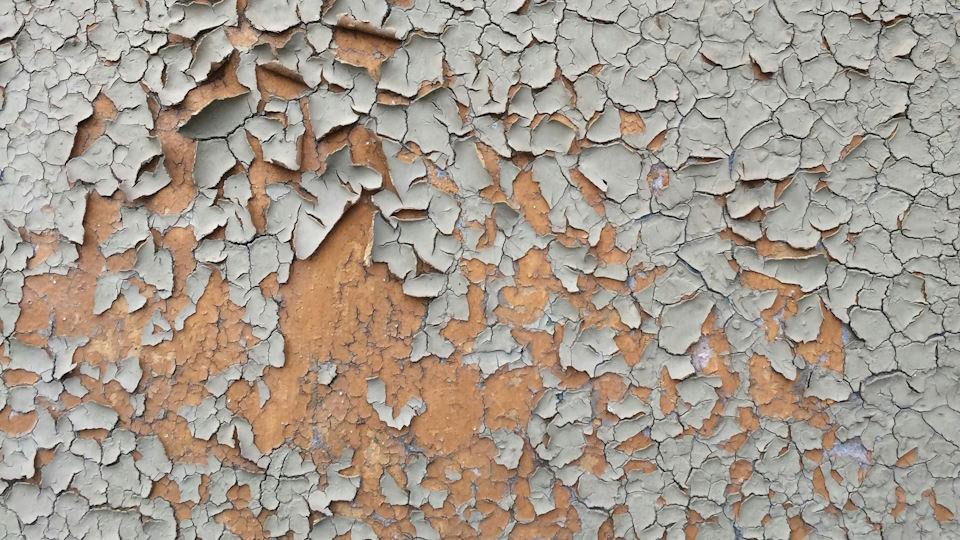AAD: J&J’s oral IL-23 drug shows durability in psoriasis

Patients with plaque psoriasis treated with Johnson & Johnson’s oral IL-23 inhibitor JNJ-2113 have been shown to maintain skin clearance for up to a year, pointing to a durable effect for a drug that could provide an alternative to injectables.
The new data – presented at the American Academy of Dermatology (AAD) congress in San Diego – comes from FRONTIER 2, a long-term extension to J&J’s phase 2b FRONTIER 1 trial of JNJ-2113 that was reported last year and showed the drug was effective and safe in patients with moderate-to-severe psoriasis at 16 weeks.
J&J’s Janssen unit and partner Protagonist Therapeutics hope to show that the peptide drug can be an alternative to injectable biologics for plaque psoriasis, including drugs working on IL-23, such as J&J's own Tremfya (guselkumab), AbbVie’s Skyrizi (risankizumab), and Sun Pharma’s Ilumya (tildrakizumab).
FRONTIER 2 included a range of JNJ-2113 doses, with the most effective (100 mg given twice-daily) achieving a 76% PASI 75 response – 78.6% clearance of psoriasis skin lesions – at 52 weeks. That was pretty much in line with the 76.2% PASI 75 response seen at the 16-week timepoint.
A PASI 100 response – complete skin clearance – was seen in around 40% of the patients treated with that dose at both 16 and 52 weeks.
J&J said the drug was also generally well-tolerated, with the most frequently reported adverse reactions nasopharyngitis and upper respiratory tract infections and no new safety signals emerging over the longer follow-up.
The company has started a phase 3 programme or JNJ-2113 under the ICONIC banner, with results from the first of these (ICONIC-LEAD) due later this year.
If it reaches the market, JNJ-2113 could extend J&J’s psoriasis franchise, currently represented by IL-12 and IL-23 inhibitor Stelara (ustekinumab) – which made $2.75 billion in sales last year, but is now facing biosimilar competition – and follow-up Tremfya, which contributed $910 million.
The question is how well the drug will perform in phase 3 relative to injectables, as the initial results suggest it is not quite as effective.
If that trend continues it will have to be weighed against the convenience of an oral therapy, but there is already heavyweight competition in that area from Bristol-Myers Squibb’s TYK2 inhibitor Sotyktu (deucravacitinib), which achieved efficacy that rivalled biologics in its phase 3 trials and has been tipped as having multibillion-dollar sales potential.
Photo by Aleksei / Алексей Simonenko / Симоненко on Unsplash












